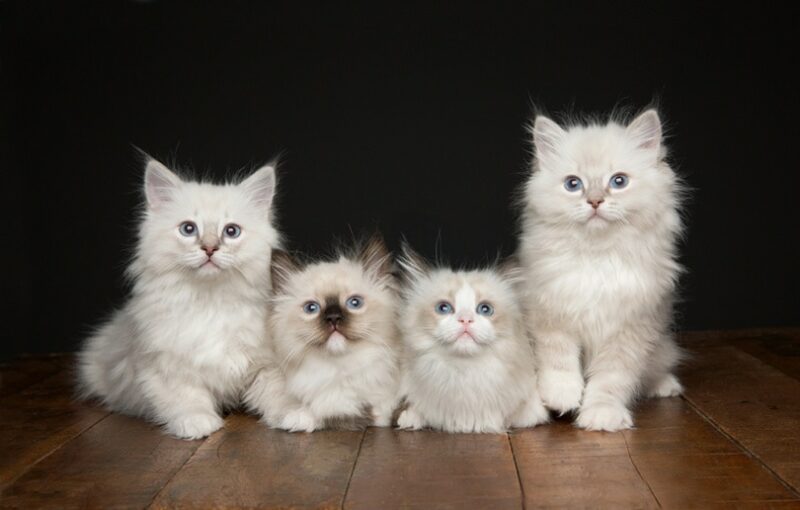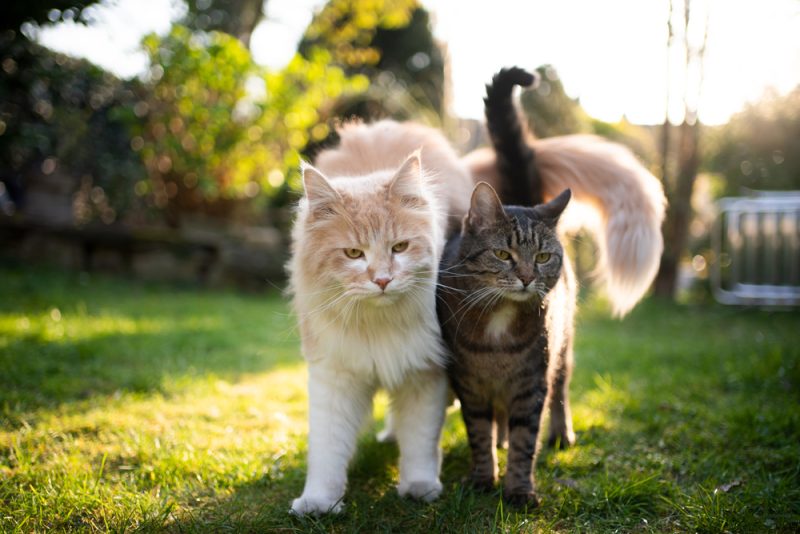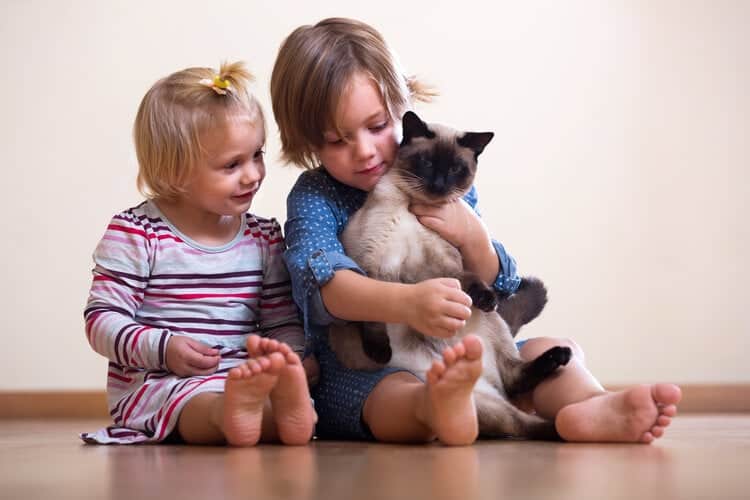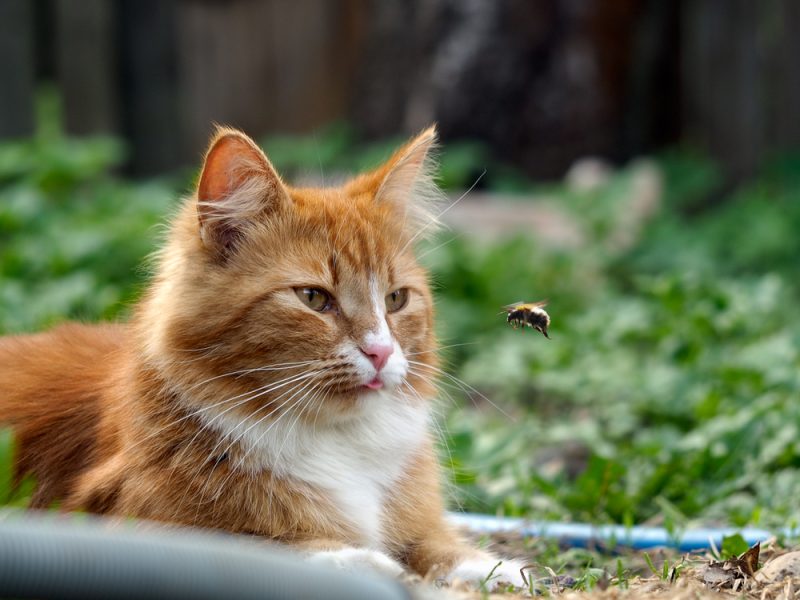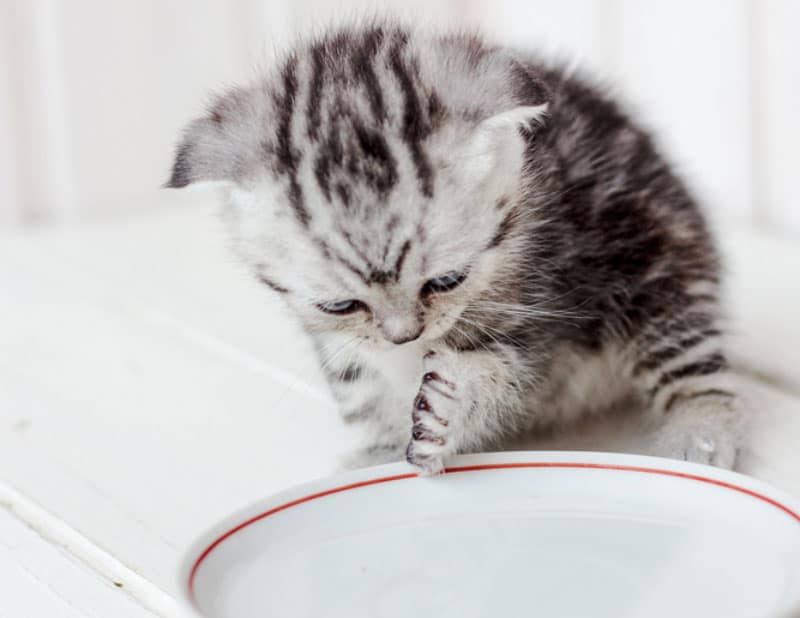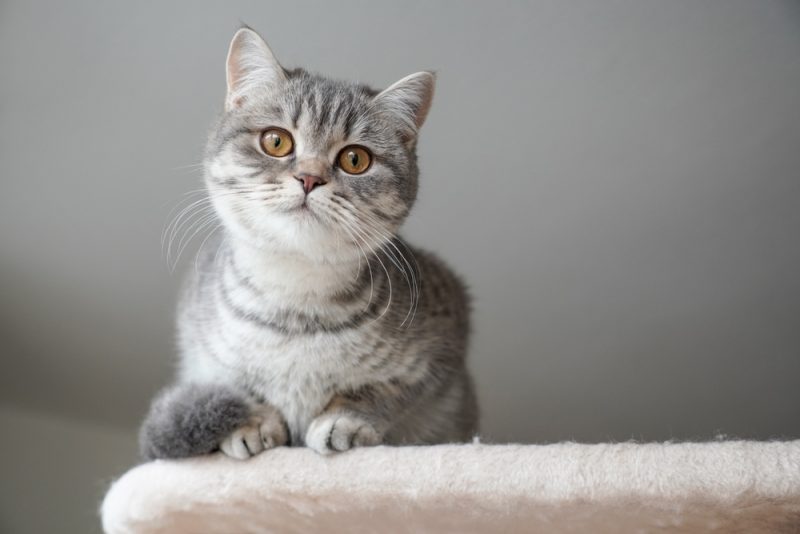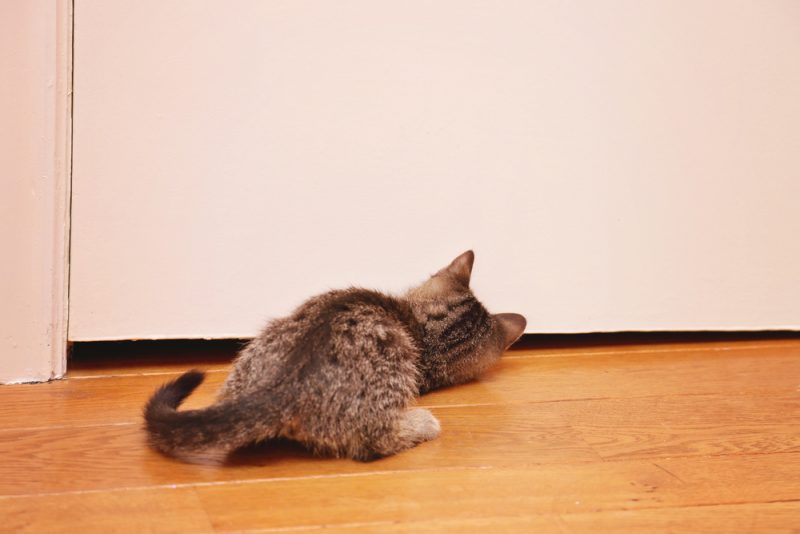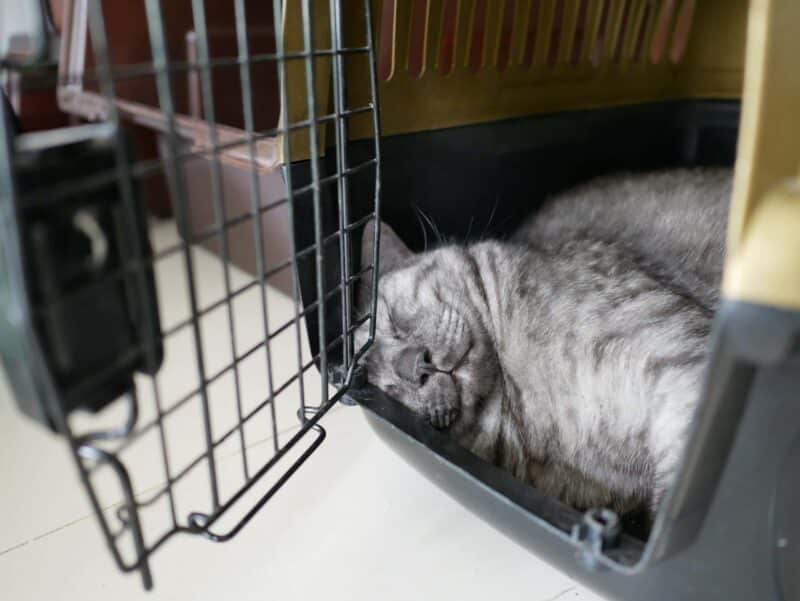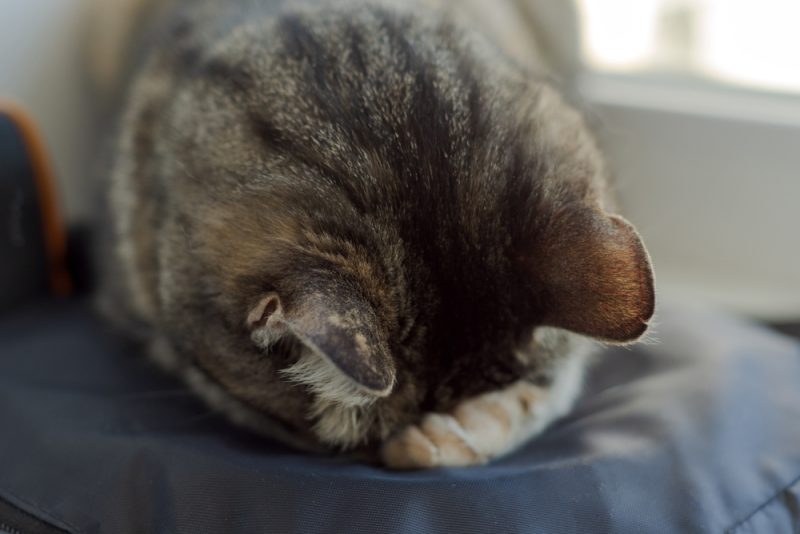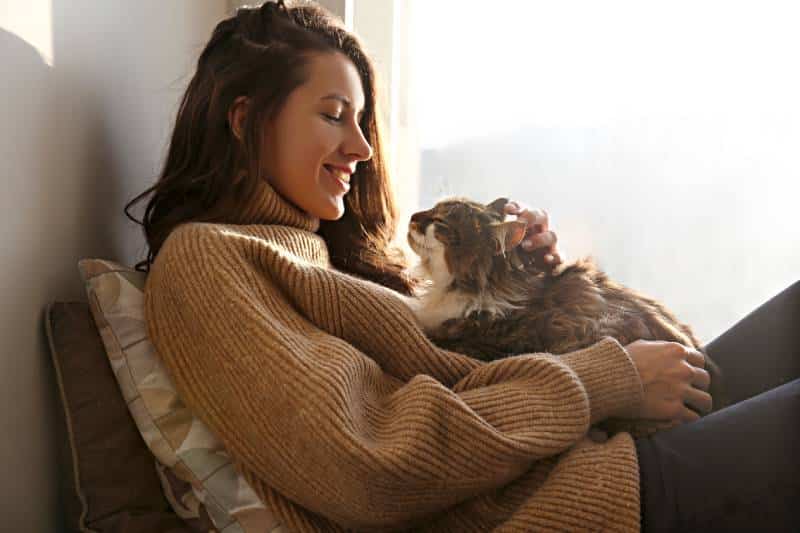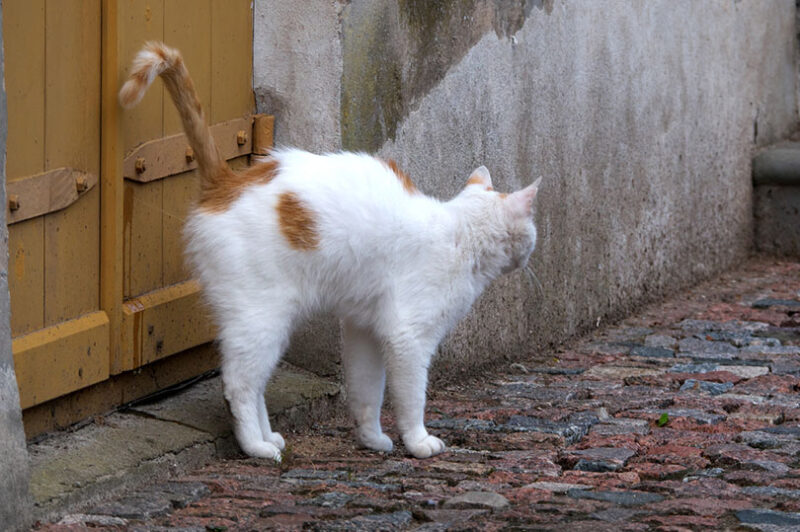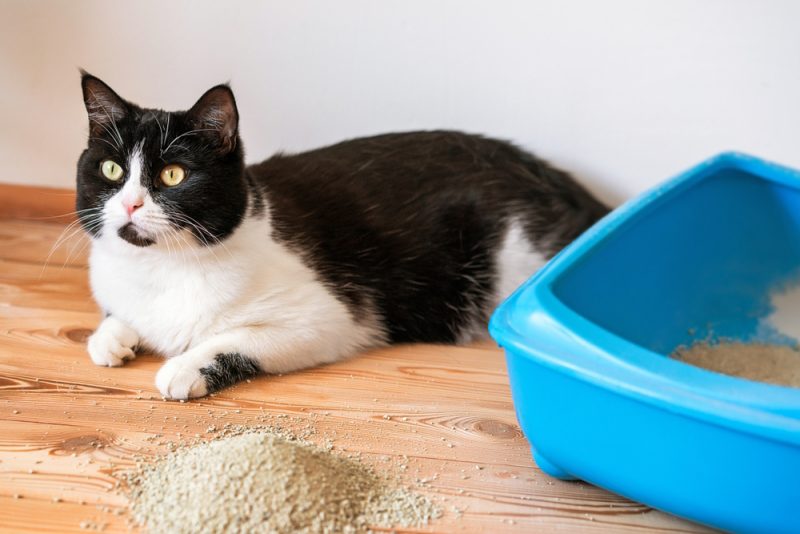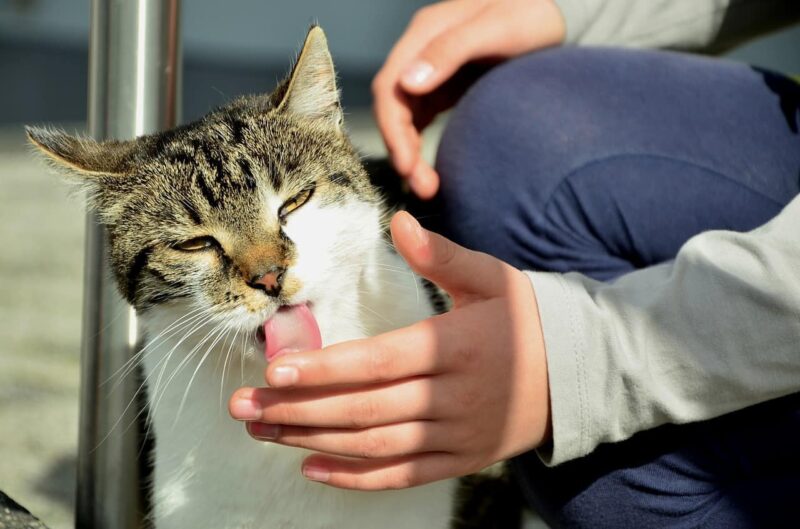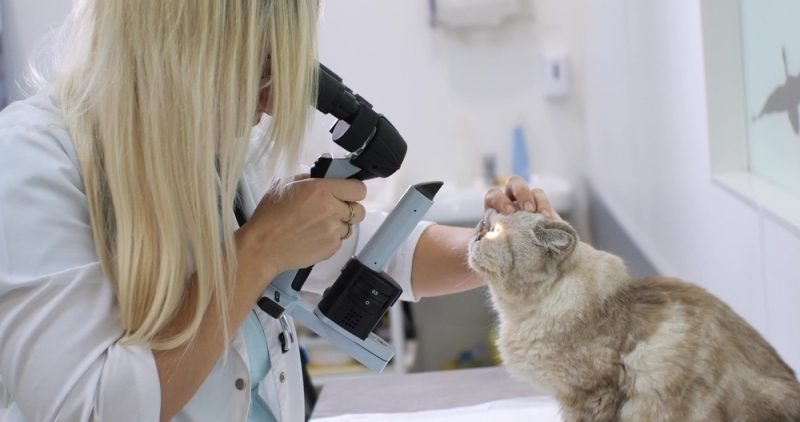Our pets are tasked with service roles, both emotionally and physically helping people. It’s no secret these days that having dogs and cats around can significantly decrease our stress. In the USA alone, an average of 38.4% of people own dogs, and 25.4% of people own cats.
So, who wouldn’t want a cat as a coworker? It makes sense to consider that having a cat around the office could really liven up the workplace. While everything has its drawbacks, such as which worker will clean the litter box, there’s no denying the positive impact it could have. We’ve divided up the pros and cons below.

Why Are Cats Great for the Workplace? The Pros
Besides the obvious, cats are fantastic for the workplace for several reasons. Not only are they adorable to look at and stress relieving to pet, but they can also draw in your kind of people. Of course, there will be cons to every pro, but let’s look at the good stuff.
1. Cats Give a Homey Vibe

What’s not to love about walking into an office and being greeted by a cat? Any animal lover would jump at the opportunity to give the office cat lots of loving.
An establishment with pets just makes you feel like you aren’t necessarily in a strict brick-and-mortar business setting but instead gives a very relaxed vibe. Even if you were the one traveling to work, you might be dreading it, but you will be looking forward to seeing your furry coworker waiting.
2. Cats Can Elevate Your Mood
What’s not to love about seeing that beautiful face? Having a cat around can definitely lift your spirits. Did you know that their purrs even have healing powers? It’s true.
Science has discovered that when a cat purrs, the frequency of the purr has the capability of healing not just their body but yours as well. Astonishing!
3. Cats in the Office Can Increase Productivity
According to studies, cats can boost productivity in the workplace. Since cats make excellent conversation starters, bridging a common ground between people can make time spent with your coworkers feel a lot better.
4. At-Work Kitties Can Increase Business
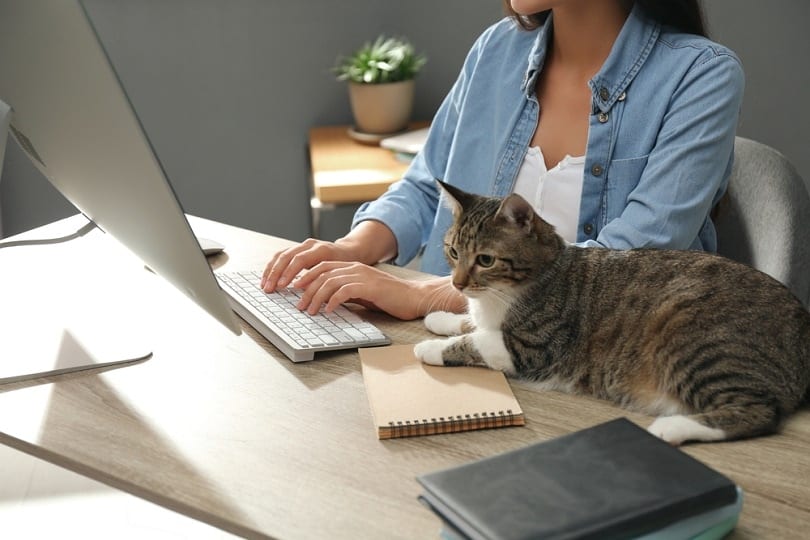
People tend to really enjoy domesticated animals. Depending on your workplace setting, having cats in the office can draw in new business. If someone finds out that your office has a cat, they might be much more likely to visit as it makes you more human.
After all, wouldn’t you look forward to doing business more if you knew a cat was there to greet you? We know we would!
5. Having a Cat Around Reduces the Risk of Pests
You won’t have any mice making nests in your workplace! Cats can not only catch these pesky pests but also keep them at bay. If mice know that a cat is around, it will make them a lot more cautious and selective about inhabiting the place.
Of course, it doesn’t deter mice in every scenario, but your cat can definitely help keep things to a minimum.

Drawbacks of Cats at Work: The Cons
As with any good thing, there are things that counteract it. Here are a few reasons cats at some jobs might not be the best option.
1. Some Employees Could Have Allergies

Even if someone loves the cuddly snuggly look of a kitty, they might not be able to be around them. The harsh reality is that some people are simply allergic to cats. It is estimated that 10 to 20% of adult humans across the globe are allergic to domesticated cats.
Not only would you have to anticipate that no one in your office could suffer from allergies, but you might also have to make adjustments if you have a new hire or even a customer who comes in who is allergic.
Cats shed, and their hair can get on everything in the workplace. Depending on your environment type, this is not necessarily a satisfactory thing.
2. Not All People Like Cats
The reality is that not everyone will share the same love for felines. If you work in an office space, you must consider all those around you and their preferences.
If someone in the office is not fond of cats or prefers the cat to get out of their workspace, it can be challenging to allow the situation. It would have to be a term or condition in the job description that says you are okay with cats, and that can be legally complicated.
3. Pet Hair Can Be a Problem
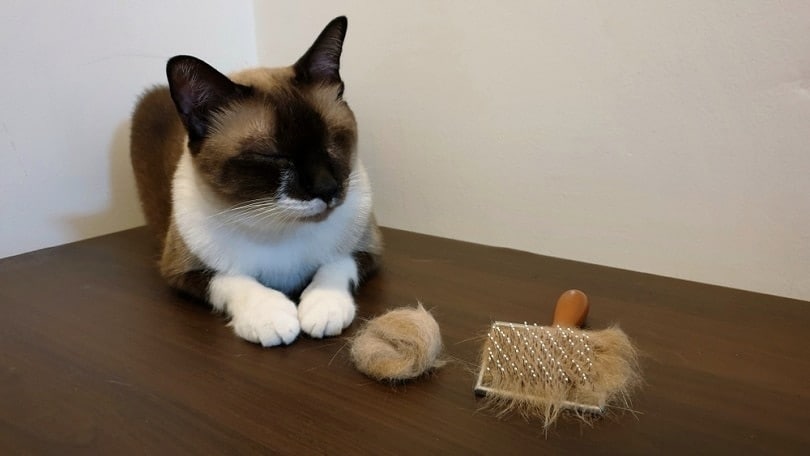
Only some people are okay with getting pet hair on their clothes and belongings. If your office cats are lying on other people’s property, it can quickly become a problem—and this goes for employees and customers alike.
4. Caring for the Animal After Hours
Rarely will you ever find a business that is operating 24/7. That is especially true for smaller places with a cat lurking around the premises.
So, you must be sure to validate and verify who is willing to take the cat on weekends, holidays, and other extended periods when no one will be around.
5. Care for the Animal at Work

You would have to put the entire facility on an equal schedule. Certain people could opt to take care of the cat on alternate days. For example, feeding, litter box care, and even vet care are essential factors.
So, you have to decide before even bringing the animal in who is the primary caretaker. If someone elects themselves to do all the care, it might work—or you could make it a team effort between a certain group of people. In this case, it might take a tight-knit workspace to create a well-oiled machine.

Best Workplaces to Have Cats
Of course, having cats in an office will only be for some places of employment. If you own a little bookstore or work in a vet’s office, cats will make a remarkable choice to spruce up the place. But not every establishment is the same.
For example, it might not be the best rapport for a food-related business—cat hair in your coffee really might be off-putting, after all. So, let’s look at some details to decide if it’s feasible for your place of work.
Here is a small list of places that would be terrific for cats.
- Nursing homes
- Special Needs Centers
- Bookstores
- Grooming Facilities
- Pet Store
- Car Dealership
- Vet’s Office
- Salon
- Feed Store
- Commercial Offices
- Private Banks
- Classrooms
- Warehouses
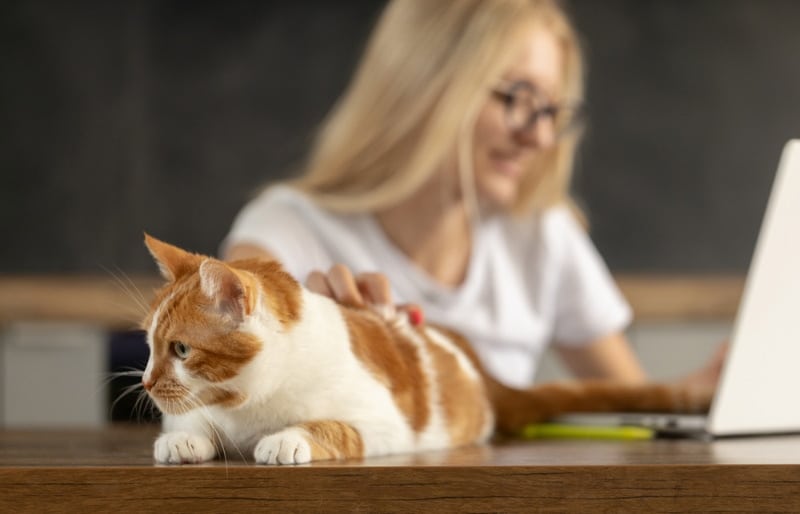
There’s a Lot to Think About
If you’re thinking of adding a cat into your office space, you should go over all of the potential concerns that could arise. After all, having any animal is a commitment, especially if they are considered a community pet.
As we mentioned previously, having a cat at work is not an option for some office settings. You will have to ensure every employee ever hired is entirely on board and that you don’t drive away business.
In some circumstances, it is not only doable but also encouraged. If you’re a business owner, you have an ultimate say anyway. Just take into consideration all aspects so you can make the best decision for your business and the cat in question.

Cats in the Workplace: Is It Right for You?
If you are the decision maker or pull any weight, you must decide if having a cat around is suitable for your business. If you are an employee, it might be an idea you want to run past your boss. If you know that there is a shared affection for felines in your workspace, you might find that everybody is on board.
Just work out the kinks and go over any problems that could arise. The well-being of the animal should always come first. If you can create a safe environment where the animal can thrive, everyone else will likely succeed right along with them.
Related Reads:
Featured Image Credit: sofirinaja, Shutterstock


